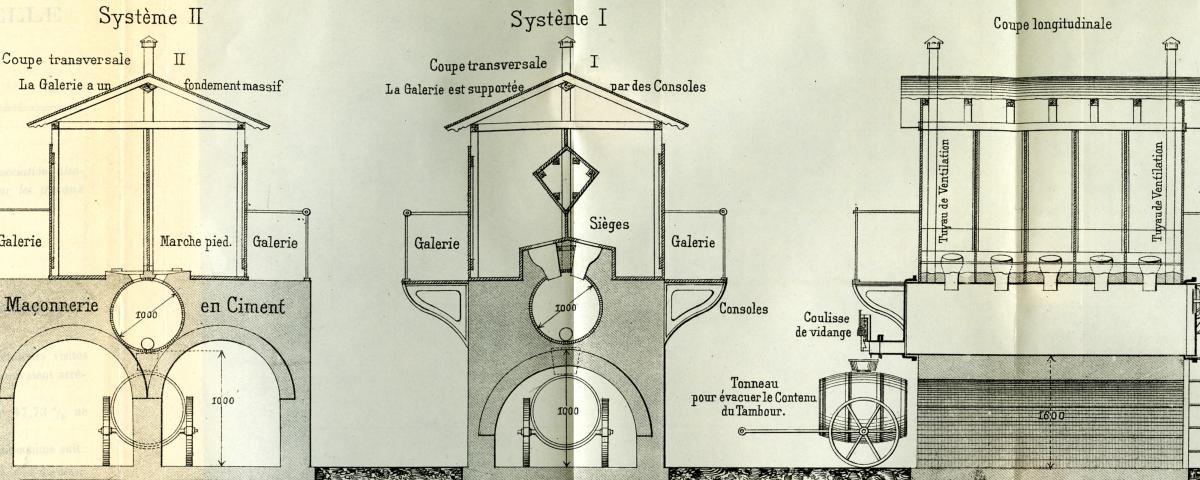
Portraits
The Société industrielle de Mulhouse (SIM) recruited its members among manufacturers from the Haut-Rhin département. Its

Smelting work was known as one of the toughest sectors of the Société alsacienne de constructions mécaniques (SACM). Workers had to face intense heat when spruing and cold drafts while making molds. They were also exposed to the esbastos from the fuses used for degassing molds, to phenolic resin fumes from casting, and to emanations of furan (furfural), a hardening agent. On top of this, they sometimes worked in demanding postures, carried heavy loads, and faced the all-too-obvious dangers of molten metal projections. Child labour in the 1800s is one of the most well-documented collections, and so is milling machine apprenticeship and work, with many a candid photo of millers, welder, and turners on the job.
Every-day work brought its fair share of hazards, but was not the only risk factor. The industrial workers' environment ought to be considered as a whole: their houses, their age groups, their sanitary conditions.This collection can be read from several points of view: women and child labour, working bodies, housing, health & sanitation, working-class conditions, and occupational accidents.
The Société industrielle de Mulhouse (SIM) recruited its members among manufacturers from the Haut-Rhin département. Its
This unique collection gathers photographs of industrial buildings and landscapes, predominantly from the works of Pierre Fluck
Daniel Auguste Nicolas Scheurer, dit Scheurer-Kestner, fut à la fois un grand savant, un manufacturier et un homme politique. Il